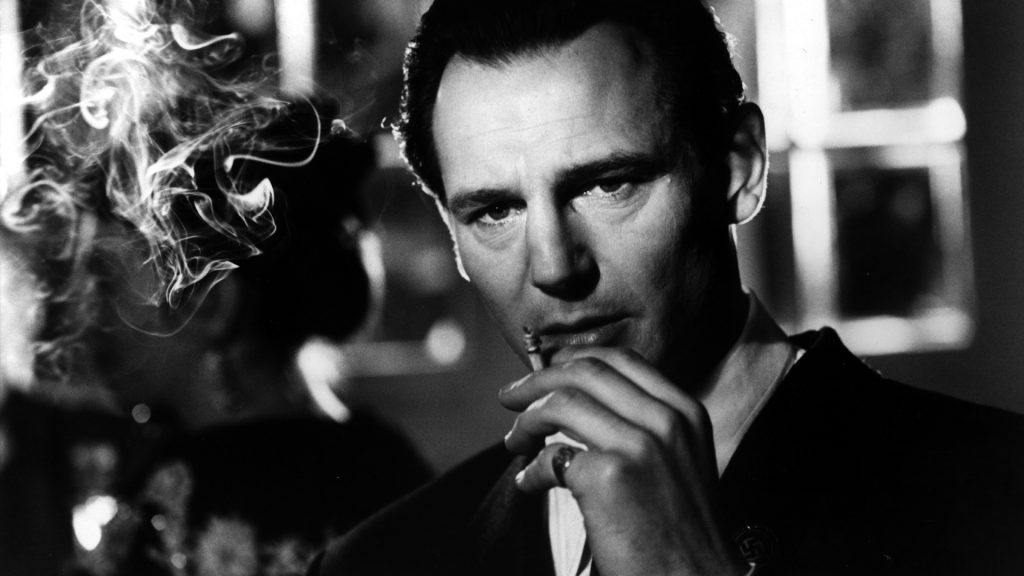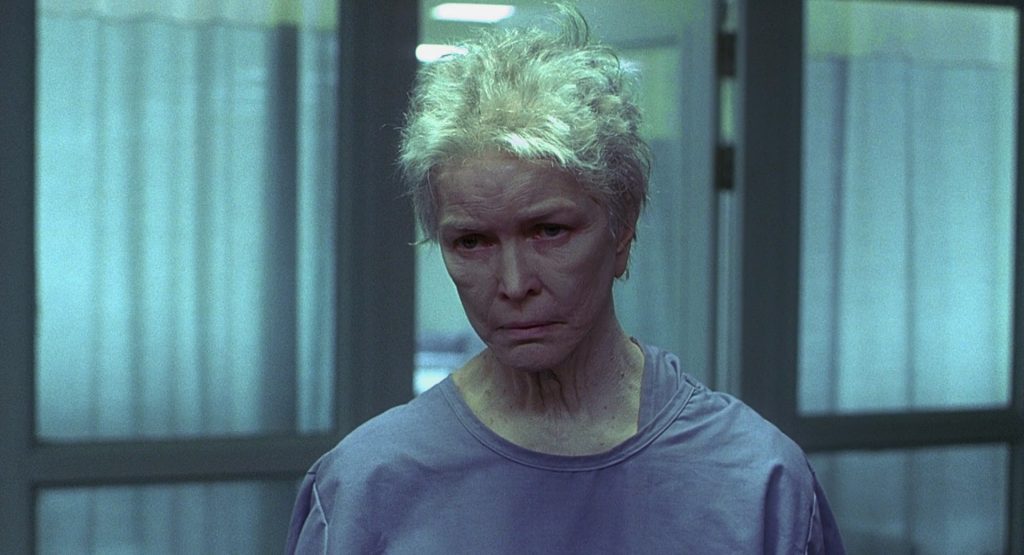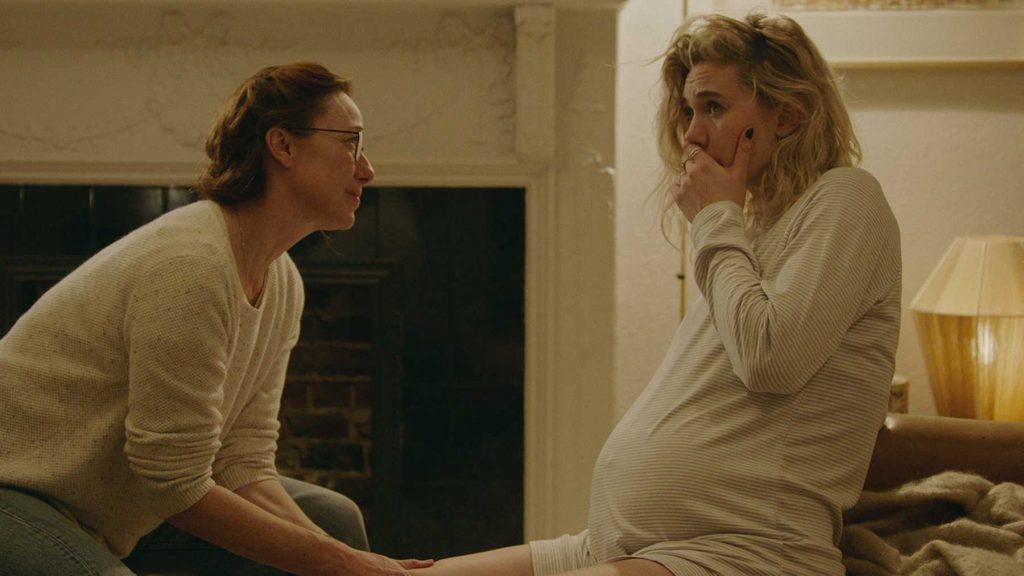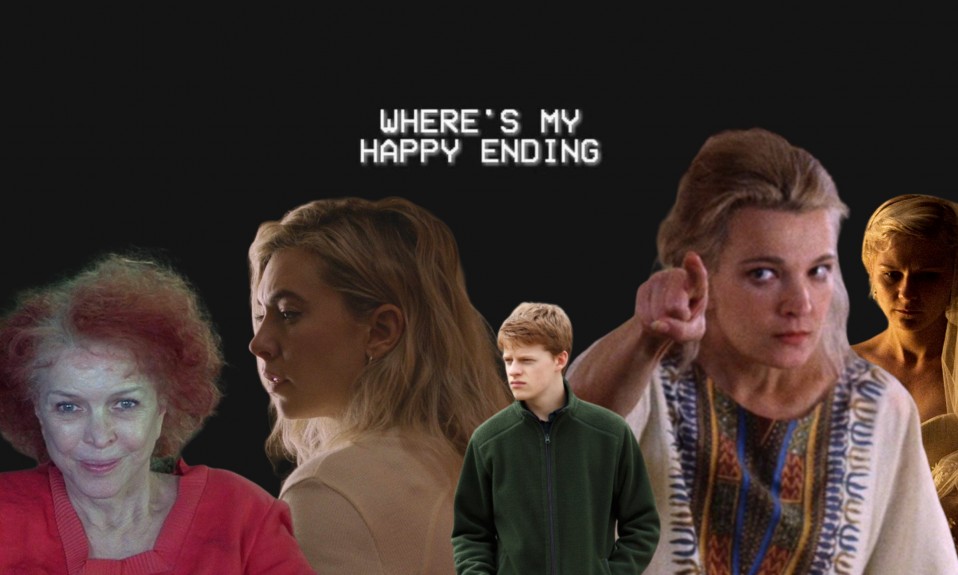There are certain films I’ve only been able to watch once. Not because I didn’t like them, but because they were such an ordeal that I couldn’t stomach them again. Lately, I’ve been thinking about those films and why, even though I know they’ll tear me emotional-limb from emotional-limb, I choose to watch them in the first place.
It might be that this type of thinking is brought on by this time of year. The jovial aspect of the holiday season that romanticises snow and the cosy winter nights has given way to the cold bitter light of January; a period of time in which we’re forced to look back on the previous year (something especially tough now) and consider what might change about the year ahead, only to wonder if anything will at all.

There are, of course, those films that everyone is told they need to watch, despite them being depressing, like Schindler’s List or 12 Years a Slave, but they seem to fall into a slightly different category. They are depressing, for sure, but I’m not necessarily talking about movies that are just sad or difficult. I’m talking about movies that have sadness in every frame, that are soaked in gloom, and whose sadness oozes from the screen like dark vines which wrap their tendrils around you. Movies that don’t offer a sense of abject hope, that lean strongly into their nihilism.
One such movie is Darren Aronofsky’s Requiem for a Dream, a movie the critic Guy Lodge called “an opaque, bruise-blue mist.” The film focuses on the addictions of four Coney Island natives: there’s Jared Leto’s heroin addict Harry, Jennifer Connolly’s wannabe fashion designer Marion, and Marlon Wayans’ Tyrone, who wants to escape his overbearing mother and the circumstances of his upbringing. None of these are a match, however, for Ellen Burstyn’s Sara, a widow whose sanity is pushed further and further by an addiction to amphetamines which fuels a psychotic delusion that she is taking part in a TV game show.

Burstyn’s performance is not only devastating but it digs its claws in and, though it’s been around ten years since I last saw it, I still feel pangs of horror each time it crosses my mind. I’m not sure I can pinpoint why I have this reaction. It is similar, in some ways, to Gena Rowlands’ performance in A Woman Under the Influence, which I am both in awe of and deeply affected by. Both performances commit fully to the sadness at their core, both are complex and heart-wrenching, and both unjustly lost out on an Oscar (ironically, it was Burstyn who beat out Rowlands for the statuette in 1975). They have this vacuum-like quality, that pulls you in and positions you in that depression.
Speaking of the Oscars, it may have also been Netflix’s Pieces of a Woman which sent me spiralling down this rabbit hole of sorrow, and its star, Vanessa Kirby, is high on the list of Best Actress hopefuls this year. I thought, whilst watching the first half, that Kornél Mundruczó’s story of grief and loss might find its way onto my list of one-and-done movies. Much has been written about the film’s 30-minute birthing scene, but nothing can really prepare you for how it feels to actually sit through it. Kirby sells the pain, the stress and, ultimately, the loss so exquisitely that your heart is on the floor by the time it’s over and has been stamped on repeatedly. It’s a shame, then, that the rest of the movie (bar one complicated sex scene) is never able to quite live up to it.

It did, however, make me wonder what draws me to this type of film. I was, after all, the one who convinced my bubble to watch it on a Saturday night. Back in 2016, researchers at Oxford University found that watching traumatic films “boosts feelings of group bonding, as well as increasing pain tolerance by upping levels of feel-good, pain killing chemicals produced in the brain.” In essence, it provides a kind of quasi-schadenfreude. Not that we find joy, specifically, in the characters’ misfortune but, subconsciously, it triggers something in us that ultimately leads to happiness.
If the past year has taught me anything, it’s that I lean away from escapism. When the pandemic hit, I found myself reading and watching anything and everything that dealt with a global collapse. I, for better or worse, find it hard to tear myself away from Twitter and its constant supply of doom. I know I’m not alone in this either. A friend recently pushed back a FaceTime call by an hour because she had been endlessly scrolling on Twitter and needed to “walk it off”.
Maybe this, my seemingly masochistic tendency towards gloom, is one of those things I’ll try to shake this year.
Also Read: How Film Changed Me: On the Cultural Void











